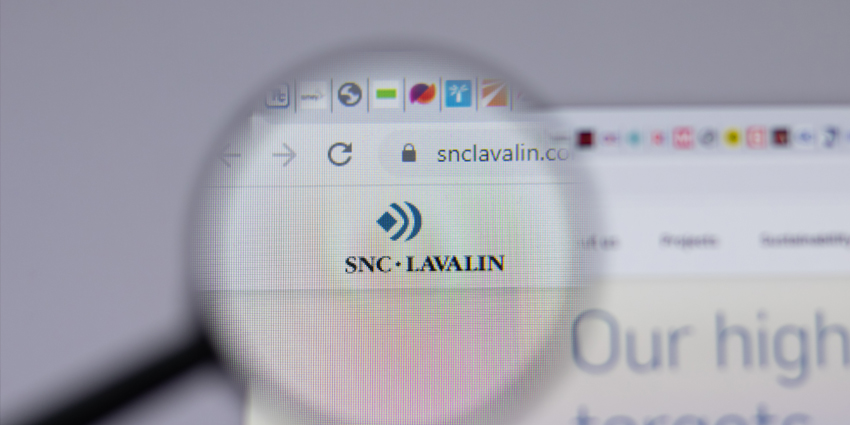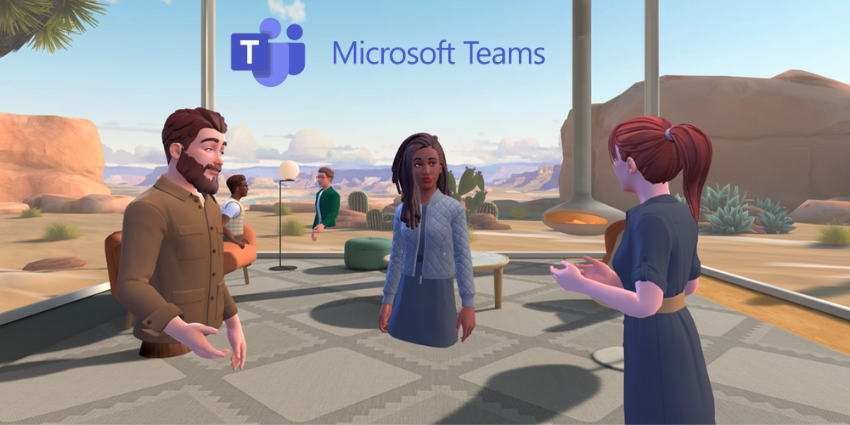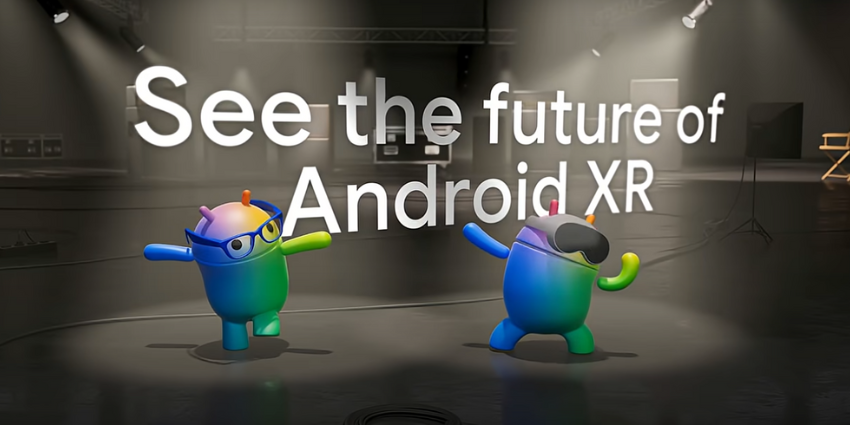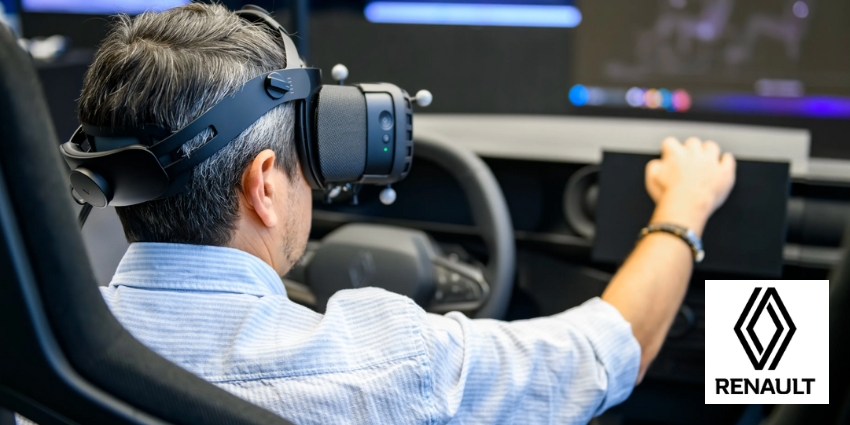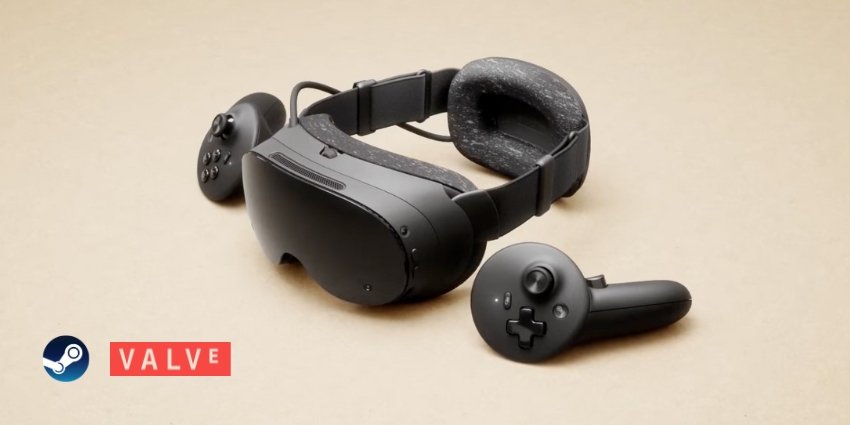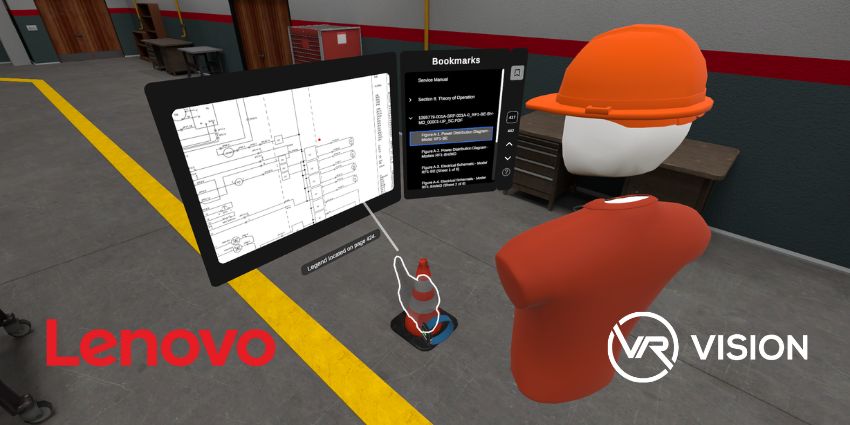XR is finding a role in countless industries. The use cases are endless, according to vendors and champions, and there is a lot of truth to that – if correctly approached.
With the right approach and the right people supporting it, XR is flexible enough to suit a range of use cases. However, the technology is still emerging rapidly, a challenge today may not exist tomorrow, and a use case this week may become outdated the next.
But reacting to the space, understanding how to leverage XR and overcome pain points in an ever-growing market is critical. End-users must understand the technology, its positives, negatives, metrics, and behavioural elements; there is risk involved in enterprise XR, but also massive ROI potential.
Not all end-users need a massive fleet of headsets, and not every end-user needs a metaverse platform. However, understanding what XR can solve for you and establishing a suitable approach can help support the growth of XR in your workplace – on a scale, big or small.
AEC (architectural, engineering, and construction) is a great example, and XR is a perfect fit for supporting conventional AEC digital workflows, like reviewing CADS/digital twins and performing digital walkthroughs. XR hardware and software can work to enhance pre-existing AEC workflows, not just replace them – this is true for customers representing other verticals also.
To discuss the role of XR in the AEC industry is Laura Smith, Canada’s BIM Lead at SNC-Lavalin, who spoke exclusively with XR Today earlier this week. SNC-Lavalin is an AEC firm working with worldwide clients to design high-value and high-stake workplace environments such as manufacturing plants, energy locations, and mining sites.
Leveraging XR at SNC-Lavalin
Laura spent time championing XR in the AEC industry by deploying XR across a range of SNC Lavalin projects environments, from nuclear to construction sites.
Smith notes that her team deployed XR on-site in construction trailers to go over constructibility reviews using VR.
Smith’s team also uses Prospect, a VR walkthrough solution, to visualise AEC environments virtually before making critical decisions.
Laura explains that she would use XR and walkthrough solutions to perform visualisation sessions with clients and designers to review architectural considerations, such as using the “HoloLens in the nuclear field for training and safety for teams on equipment.”
However, working with such large-scale and sensitive clients can create unique security considerations. Moreover, with sensitive client environments, XR champions must ensure that their chosen immersive hardware is secure and suitable, security-wise, for the client at hand.
When dealing with an area such as nuclear departments, an XR champion must seriously understand what data is going on the device and how best to manage that data.
Laura Smith also added:
So we currently have just a couple of devices, our management of the devices isn’t as cumbersome as it can be. Security is all about making sure we do single sign ONS and MFA’s with all our devices. The security on site is basically client-mandated. They all have their security implemented, and we just follow their path.
Smith also explained that when a device goes on-site and returns to the management team, she has to wipe all required data on that device as soon as possible. Moreover, Smith will ensure that the device is up to date and has security patches.
Although, in Smith’s case, her team does not operate a large fleet of headsets, meaning that an extensive onboarding management process is not yet required, a “single person” takes care of administration considerations.
XR Adoption in AEC
Driving adoption is the big talking point among XR industry champions. In the AEC space, the question remains the same.
Smith added:
I think the key to adoption in the AEC industry is proof of concept/proof of use. Once you show a team how the product is used, whether it is VR/AR/MR, once they’ve used it on a project, they want to use it all the time. But until you actually deploy on a project to get them to use it, get them involved, and make it [an immersive device] part of the workflow; they’re not going to get it.
The BIM Lead also explained that to assist with introducing immersive technology as a workplace tool and driving uptake rates, Smith provides her co-workers with lunch and learn sessions where teams would sit and trial basic XR applications to familiarise themselves with the hardware.
For example, Smith notes that during her lunch and learn sessions, she provides attendees with an application that allows workers to walk through a virtual building – “they then see the benefits of it. So then they want it on their project.”
Benfits for AEC Professionals
XR can bring a wealth of value to many industries.
XR for use cases such as collaboration or training is held up via the support of immersive services providers. Many of these immersive services can fit a wide range of use cases. For example, a VR collaboration application may be flexible enough to suit an education or AEC setting.
By leveraging these flexible solutions, end-users can gain a number for improved outcomes. “One of the biggest” benefits that Smith sees is sustainability options.
Thanks to XR, Smith’s team is able to lessen its carbon footprint by using immersive devices. Not only does this factor help firms like SNC-Lavalin reach green goals, but Smith notes that sustainability targets have “allowed me to purchase an extra HoloLens.“
Smith also notes:
It’s also allowed us to get clients in the spaces without them flying out and that’s helped us win projects, not necessarily one project. It’s giving us a benefit by saying look; you can be part of an on-site tour.
Challenges Adopting XR in AEC
But it’s not all sunshine and rainbows… XR is an emerging technology. XR has not yet revealed its complete benefits or challenges. End-users are still testing the technology to discover hurdles and pain-point to fix and optimise XR workflows.
Smith also notes:
I think the biggest challenge when I started this in architecture was the cost. The fees for projects are very tight for anybody in the AEC industry. When you go, and you want to buy a piece of equipment to use on a project, if the piece of equipment is at the time, 3 or $4000, you’re not going to get that approved by the client because this other company has either already paid for or they don’t care about it, and they’re going to do it cheaper.
The BIM Lead explained that other pain points could exist around understanding XR and the concept of its use within an AEC project. Smith said, “if they don’t understand it, they don’t understand the concept, and they don’t understand the benefit, you’re not going to get it in there. You’re not going to have them give you time to do it. So I think that’s the other problem.”
Creating a discussion around XR in the workplace is a big challenge for XR champions, not only for the workforce adopting the technology but also for helping leaders and decision-makers understand the benefits.
Many trapdoors exist that XR leaders could fall down if they do not approach the discussion properly. For example, XR champions want to portray the right image of workplace XR. They do not want to portray XR devices as toys or novelty.
Because, at the end of the day, XR costs money and its adoption costs time. Decision makers will not spend time or money on a device seen as a novelty without a significant ROI outcome.
Smith explains:
Ten years ago the problem is those in upper management don’t understand why the company needs $100,000 for a room to build all this equipment when it’s just a toy, right? Because they don’t understand the value and the benefit. So it just all comes down to you getting in the face of the right people getting the right benefit, getting the right value, getting that whole ROI figured out. Then maybe, maybe, fingers crossed, you can get the budget you need to move it forward.
Moreover, building a network of global XR champions is a helpful avenue. Finding the individuals internally and externally who can help you champion XR can help massively. This is even more important now remote working and dispersed workforces are growing in number.
Smith also added:
It becomes difficult because if I want to deploy it, and I’m in Vancouver, BC; if I want to deploy it in Calgary, I have to find someone in Calgary that’s going to understand it, be able to troubleshoot it, be able to support it, and be able to give the time they need to push it like I had.
Technology Uptake Rates
Another hurdle is technology uptake rates, a massively variable factor mainly based on regional, economic, and generational elements. Many variables exist which dictate how far a worker understands XR. Remember, the XR space is still very much emerging and not everyone understands it.
Luckily, with AR/VR/MR becoming more mainstream, the younger generation is more used to immersive content and gamified experiences, making onboarding easier. Although, this can quickly become a challenge for older generations.
Smith added:
If you have the younger generations coming out of school, they either use this equipment or have seen it and been trained in it. So giving it to them, it’s much quicker. You can just explain it to them, give it to them and let them go. As the generations as it gets older, you have to bring them in, and give them something to do so they understand its usage.
Smith also explained that when onboarding older generations, an XR champion should take greater care and attach more time to training; “because putting in a headset, playing with the handheld stuff, they’re not used to it, especially the whole walking around in VR. That takes a lot of patience for me,” Smith added.
Moreover, another significant factor is at play when it comes to uptake rates, scalability, and adoption: the “usability of XR solutions” in the enterprise, remarks Smith. Who also added, “that’s really a key or critical factor to consider when scaling or just generally deploying enterprise [XR].”
XR and the Future of Work
But what is the bigger picture, and how can XR influence the future of work?
There are many ways. With Apple’s spatial computing promise, many are seeing virtual monitors as the way of the future. Smith notes that her idea of what will happen with XR and the future of work is that the workforce will no longer have monitors on their desks.
Instead, workers will have smart glasses, which allow them to have as many “[virtual monitors] as you need, and you have all your information up rather than having 20 [desktop] windows.”
According to Smith, prominent industry figures like Boeing and Google are presenting outstanding workplace solutions. Smith says she “cannot wait until the AEC industry starts taking that on and it starts progressing.”
The BIM Lead notes that cost-related factors are improving too. Once other firms like Boring or Google start adopting XR at scale, it becomes cheaper for others to start using it as it becomes affordable and “we can have people that can champion it,” Smith concludes.
